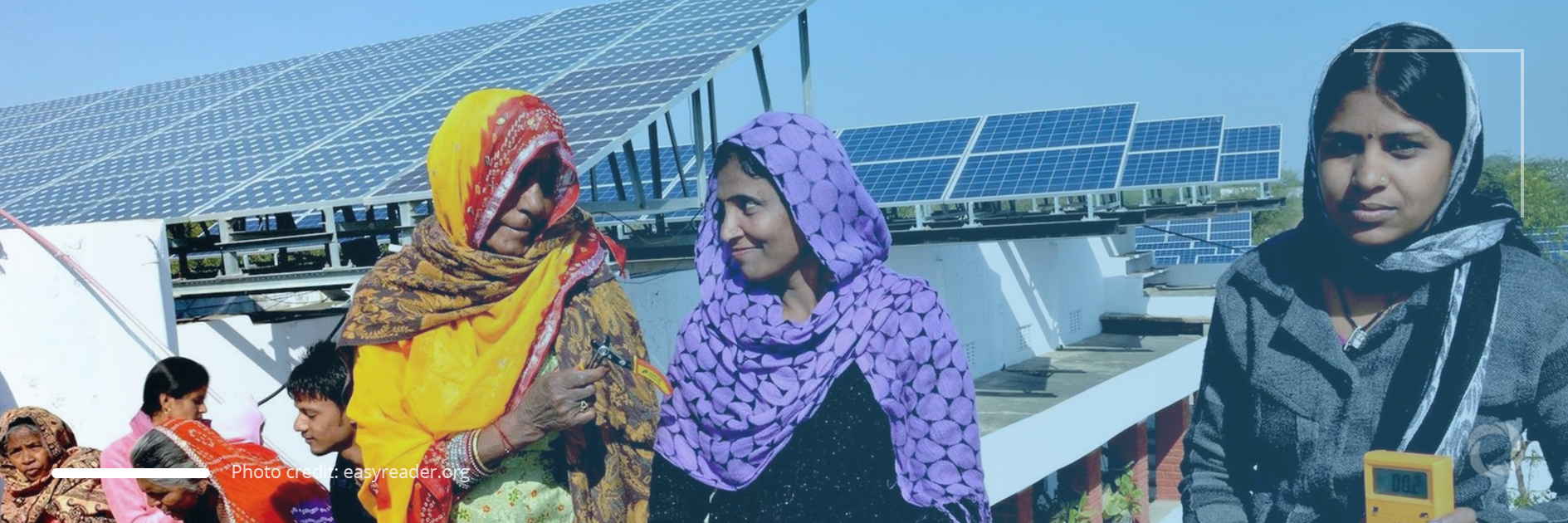Rural women in India are to a large extent responsible for securing both food and energy for their families. As the country that is home to 1.4 billion people still struggles to supply its populated areas with energy, poor access to or lack of modern energy has a direct negative impact on women’s income and health and significantly adds to the gender equality gap in rural India.
Defined as the lack of access to modern energy services, energy poverty does not affect the Indian population equally. The phenomenon is more characteristic of rural rather than urban areas and it mainly affects women rather than men.
A family of eight living in the countryside burns about 70-80 kg of fuel wood every week and women are for the most part responsible for collecting this and taking it home which they do twice a week, very often walking over 2 km to find any. In addition, they are mainly responsible for providing the family with food.
On average, rural women spend between 5 to 8 hours on activities related to cooking and 20% of this time is spent on collecting fuel. This means they are unable to secure an income-generating occupation which, in its turn, leaves them without a voice in household decision-making.
This situation translates into stark figures. According to World Bank data, in pre-pandemic 2019, only 21.5% of Indian women were involved in the labor market compared to 74.4% of men. Data from the Organisation for Economic Cooperation and Development reveals that women work for longer each day than men, almost 9 hours for women and 7.3 hours for men. However, 66% (352 minutes a day) of the work done by women is unpaid whereas for men this indicator stands at 12% (52 minutes a day).
Empowering Indian women to help them to become clean energy entrepreneurs is one of the solutions put forward by the report’s authors. This move, they argue, will on the one hand provide women with clean energy and, on the other hand, give them the opportunity to generate income. According to the International Labor Organization, within 20 years the green energy sector will create 60 million jobs. As India has already started to carry out clean energy projects, the report recommends that marginalized rural women are trained to become sales representatives and to educate others to employ in the sector.
Although the global level of electrification reached 89% in 2019, there are still countries and areas where poor communities lack access to energy or only have access to inefficient and highly pollutant fuels that have a negative impact on their health.

